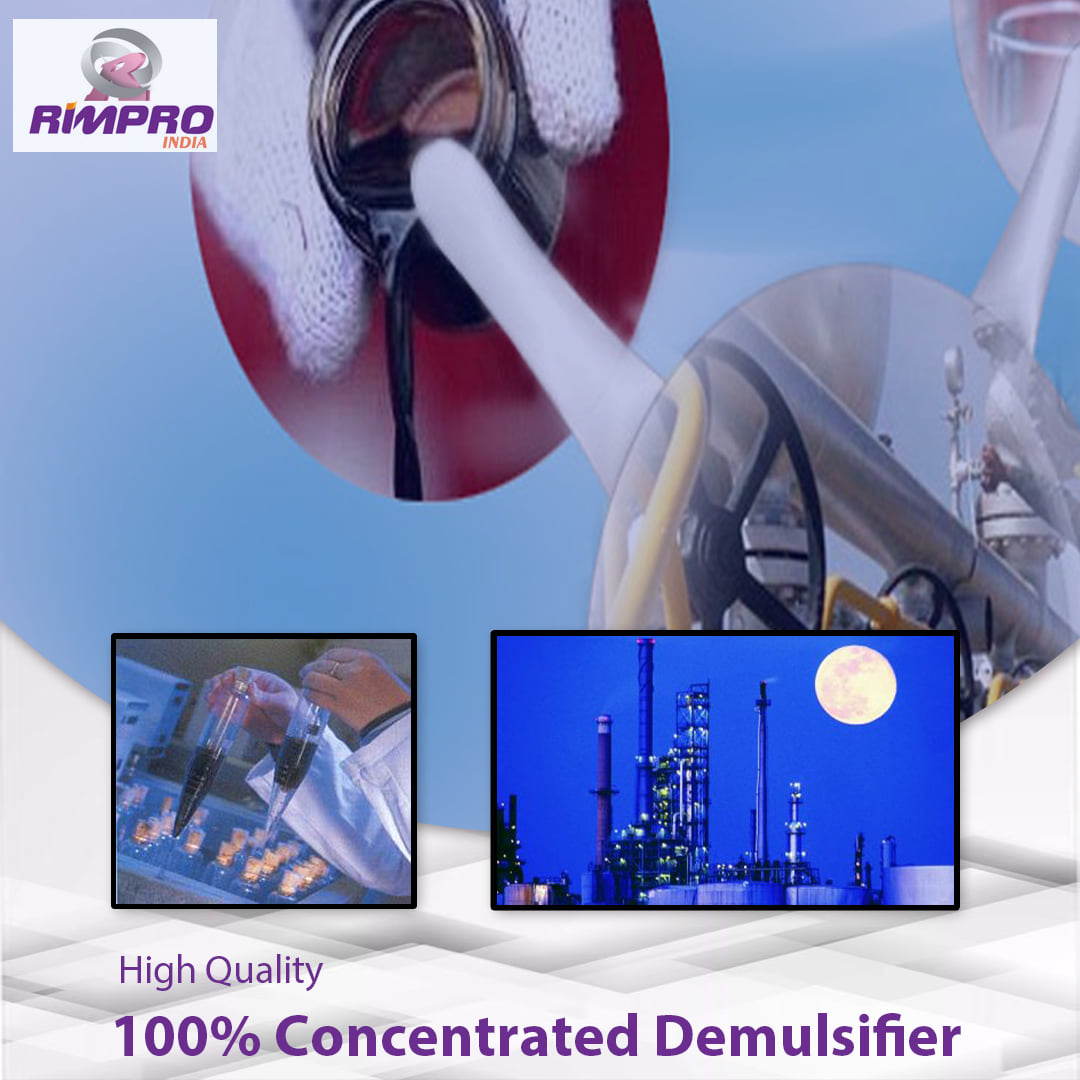 Menu
Menu
Different Types of Demulsifiers, Their Uses, and What Makes Them Special
A demulsifier is a specialty chemical used to separate emulsions. It is commonly used in the production of crude oil, which typically contains significant amounts of saline water. Demulsifiers are a key ingredient in this process. Below, we'll discuss the different types of demulsifiers, their uses, and what makes them special. Using this information, you'll be able to choose the right demulsifier for your product.
Amino Group Demulsifiers
Amino group demulsifiers are compounds that have a backbone polymer of C1 to C16 containing at least one amine group. Other ingredients in these products include oxialkylated alcohols, phosphate esters, polyglycols, and alkylene oxide block copolymer blends. The most commonly used demulsifiers are tetra-functional glycidyl and epoxide compounds.
The efficiency of amine group demulsifiers is largely dependent on their molecular mass. To use them as emulsifiers, they must be dissolved in water. If a polymer is used, it must be dissolved in the water before application to the water/oil emulsion.
Polyhydric Alcohols Demulsifiers
Liquid polyoxyalkylene alcohols are the preferred demulsifiers for a variety of applications. Polyoxyalkylene alcohols must contain at least one free hydroxyl group attached to the carbon atom.
In an investigation using demulsifiers in a crude oil-water emulsion, researchers studied the compatibility of asphaltic crude oil with different types of demulsifiers. Asphaltenes, which are present in crude oil, gather at the oil/water interface, creating a viscoelastic interfacial film with exceptional mechanical strength. This interfacial film interferes with the transfer of salt and prevents the aggregation of water droplets. As a result, asphaltic crude oil affects the desalting process. Desalting efficiency was investigated with various types of demulsifiers.

Electric Demulsification
In this paper, we report a method for electrical demulsification of oil-in-water emulsions. In this method, oil droplets are polarized and aligned in parallel chains. This method replaces chemical and thermal demulsification. Its efficiency increases after applying direct current fields. The authors conclude that the demulsification rate depends on the type of electrode. We are interested in this technique because of its potential as a replacement for chemical and thermal demulsification.
There are several advantages to electrical demulsification. The process is highly effective in a range of emulsions. This process can be used to improve the stability of heavy oil emulsions. The advantages outweigh the disadvantages. Electromagnetic fields are a relatively inexpensive solution for water treatment.
The Bottom Line
The process of demulsification is used to separate water from crude oil. The effective and speedy separation of crude oil from water is essential for refining process operations to maximise crude oil value and lower operating expenses. The insertion point of demulsifiers is also determined by elements including the emulsion's composition and the surface equipment. The demulsifiers can be delivered into storage tanks in batches, downhole, in pipes, or manifolds.
